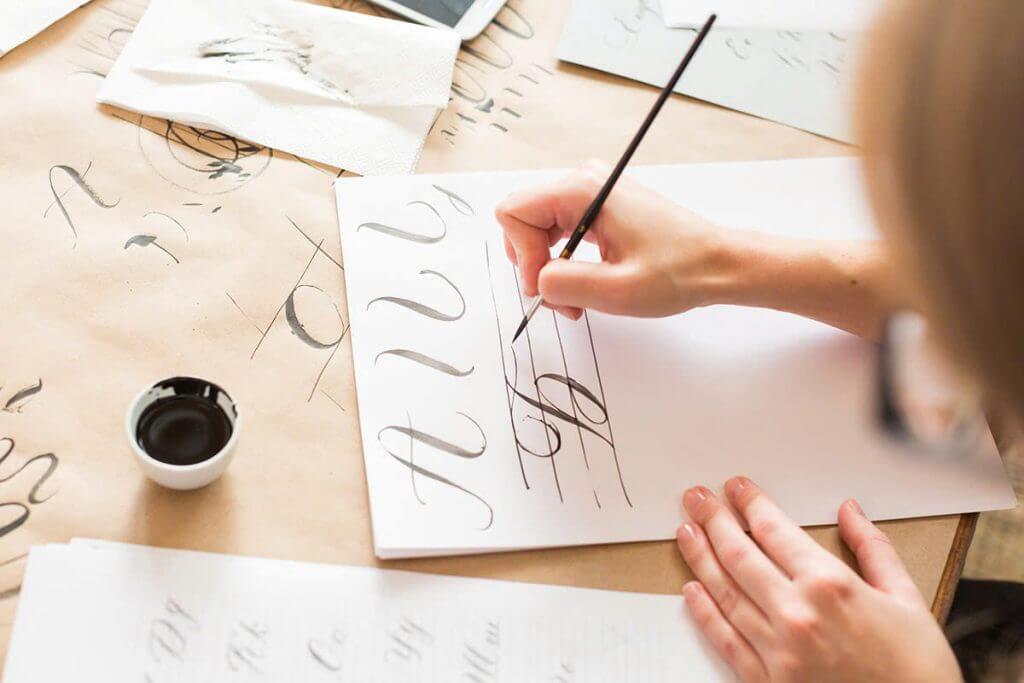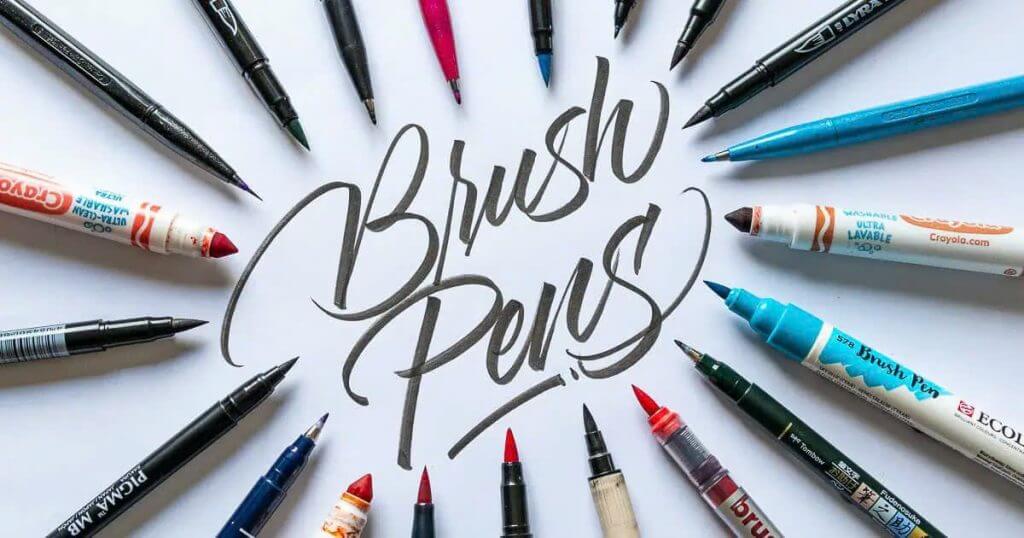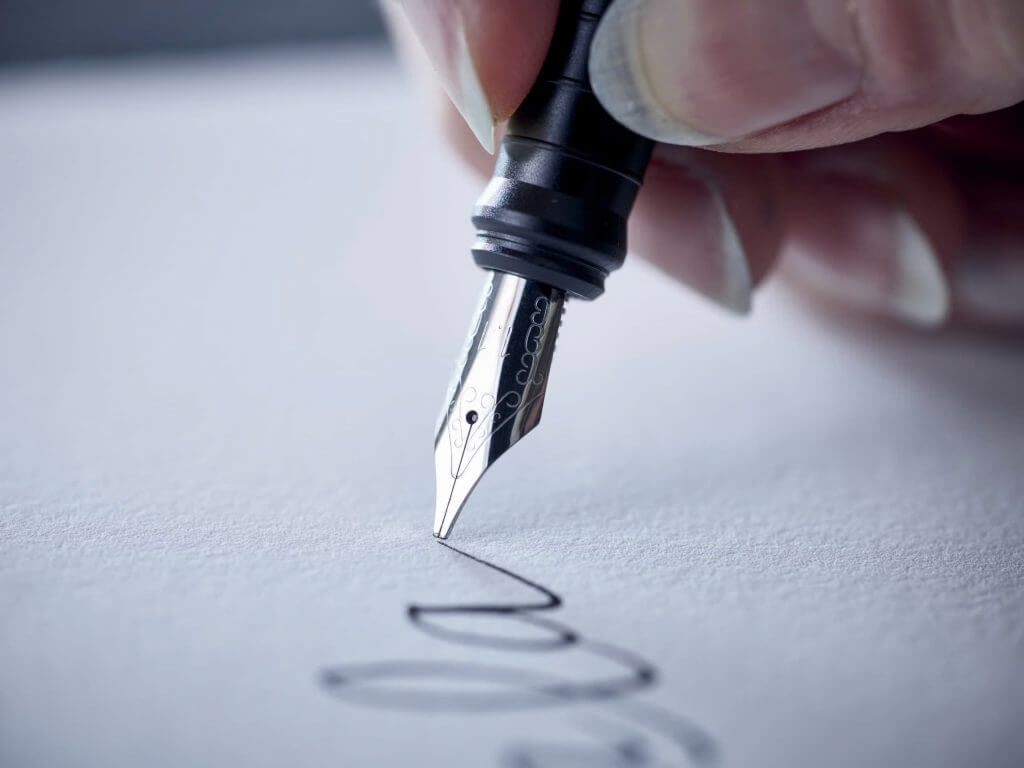Want to transform your handwriting from ordinary to extraordinary? Calligraphy handwriting is your secret weapon! The art of calligraphy provides a refreshing return to the beauty and elegance of handwritten words. These fantastic tools provide guidance and systematic practice, making it easier to master the complex strokes and flourishes that define this captivating art form. Whether you’re a complete beginner or looking to refine your existing skills, these worksheets offer a fun and effective approach to improve your penmanship. With consistent practice using calligraphy handwriting worksheets, you’ll be amazed at how quickly you can build elegant and impressive handwriting.
What is Calligraphy Handwriting?
Calligraphy is a beautiful and expressive art form that brings handwriting to a new level. Unlike traditional writing, calligraphy uses specific techniques and tools to create artistic and visually appealing letterforms.

However, you don’t need to be a seasoned artist to achieve stunning results. Calligraphy handwriting worksheets act as your personal tutor, leading you through the intricacies of different calligraphic scripts. They typically include practice sheets for basic strokes, letter formation, and entire alphabets, enabling learners to build a strong foundation in the art of calligraphy.
Types of Calligraphy Handwriting Worksheets
A diverse collection of calligraphy handwriting worksheets caters to various learning styles and skill levels. Here are a some popular options:
1. Basic Strokes Worksheets
These worksheets focus on the basic strokes that form the building blocks of calligraphy handwriting. Mastering these strokes is critical to developing the fluidity and control required for beautiful calligraphy.

2. Alphabet Practice Sheets
Calligraphy handwriting worksheets provide templates for practicing uppercase and lowercase letters from A to Z in various calligraphy handwriting styles, such as Copperplate, Spencerian, or modern calligraphy. They assist users in learning the proper letter formations while maintaining consistent slant and spacing.

You can find Calligraphy Alphabet Letter Tracing Worksheets for free by clicking here.
3. Word Practice Worksheets
Once you’ve mastered the individual letters, word practice worksheets allow you to apply your skills by writing common words and phrases, further refining your technique and developing your personal style.
4. Calligraphy Cursive Handwriting Worksheets
These worksheets help you develop a flowing, connected cursive script with elegant letter connections.

You may also like: Cursive Handwriting Practice-Banana Facts Worksheet
5. Faux Calligraphy Worksheets
These worksheets are perfect for beginners or those who want to explore calligraphy without specialized tools. They teach you how to create the illusion of calligraphic strokes using regular pens or pencils.

Click here to access the free Faux Calligraphy Alphabet Worksheet to get you started on practicing.
6. Themed Worksheets
To make learning more engaging and enjoyable, many resources offer themed worksheets that incorporate seasonal designs, holiday motifs, or other creative elements.

You can practice calligraphy handwriting with Thanksgiving themed here: Calligraphy Practice Worksheet
Benefits of Using Calligraphy Handwriting Worksheets
Calligraphy handwriting worksheets offer a structured and engaging way to improve your penmanship and explore the art of beautiful writing. Here’s a closer look at the advantages:
1. Enhanced Fine Motor Skills
Calligraphy involves precise hand movements and controlled pressure to create consistent strokes and letterforms. Regular practice with calligraphy worksheets strengthens the muscles in your hands and fingers, improving your overall dexterity. This entails greater control and precision not only in writing, but also in various tasks related to daily activities.
2. Improved Letter Formation
Calligraphy often starts with mastering fundamental shapes like lines, curves, and ovals. Worksheets provide step-by-step guidance on forming these shapes, which serves as the building blocks for letters. With correct proportions and spacing of letters, helping learners develop a consistent and visually appealing writing style. This is beneficial in all areas of life, from taking notes to writing letters and even filling out forms.

3. Encouraged Creativity
Calligraphy is an art form that encourages personal expression. This covers a wide range of styles, from traditional scripts like Copperplate and Gothic to modern styles like brush lettering. Worksheets provide a platform for experimenting with different calligraphy handwriting styles and embellishments, nurturing your creativity.

The skills you develop through calligraphy worksheets can be applied to various creative projects, such as designing greeting cards, creating personalized gifts, or even adding decorative elements to your artwork.
4. Boosted Confidence
As you progress through the worksheets and witness your improvement, you gain confidence in your ability to create beautiful calligraphy.
Calligraphy can be challenging at times, requiring patience and persistence. Overcoming these challenges and seeing your handwriting transform can boost your self-esteem and encourage you to tackle new challenges in other areas of life.
5. Provide Structured Learning
Calligraphy handwriting worksheets offer a systematic approach to learning, breaking down complex techniques into manageable steps for incremental practice.
By working through a series of worksheets, you can track your progress and identify areas for improvement. This structured approach ensures that you’re consistently building upon your skills and moving towards mastery.
Mastering Calligraphy Handwriting
1. Choosing the Right Tools
Selecting the right tools can significantly impact your calligraphy journey. While faux calligraphy can be practiced with any pen or pencil, traditional calligraphy requires specific tools. Consider investing in:
- Brush pens: These versatile pens offer flexibility and allow for creating varied line widths.

- Fountain pens: With their smooth ink flow and interchangeable nibs, fountain pens are a classic choice for calligraphy.

- Calligraphy markers: A good option for beginners due to their ease of use and vibrant colors.

2. Practicing Basic Strokes
Before diving into letters and full words, dedicate time to mastering the fundamental strokes that serve as the backbone of calligraphy. Consistent practice of these basic movements will develop muscle memory and control, essential for elegant calligraphy handwriting.
3. Exploring Calligraphic Styles
The world of calligraphy offers a diverse range of styles to explore. Use worksheets to experiment with traditional scripts, such as:
- Copperplate: Known for its elegance and precision, Copperplate is a classic calligraphy handwriting style with a rich history.

- Spencerian: This flowing, ornate script was popular in the 19th century and is characterized by its delicate hairlines and sweeping curves.

- Modern calligraphy: This contemporary style embraces a more relaxed and expressive approach, often incorporating brush pens and varied line widths.

4. Maintaining Consistent Practice
Consistency is key to mastering any skill, and calligraphy is no exception. Set aside dedicated practice time each week, gradually increasing the complexity of exercises as you improve. Focused practice will help you develop the muscle memory required for refined calligraphic writing.
5. Incorporating Guidelines
Many calligraphy handwriting worksheets come with guidelines, such as baseline indicators and slant guides, to help you maintain visual harmony and proportion in your writing. Utilize these tools to maintain a neat and well-structured calligraphic style. Proper alignment is essential in achieving aesthetically pleasing results.
6. Interactive Calligraphy Handwriting Practice
Embrace technology in your calligraphy practice! Interactive calligraphy handwriting practice tools and apps offer a modern approach to learning. Practice writing online on tablets, iPads, and other devices using styluses and digital worksheets. This opens up new creative possibilities and provides a convenient way to practice anytime, anywhere.
Frequently Asked Questions
1. What are calligraphy handwriting worksheets?
Calligraphy handwriting worksheets are specialized practice materials designed to guide users through the techniques and styles of calligraphy writing. They typically include exercises for basic strokes, letter formations, and full alphabets in various calligraphic scripts.
2. Can I practice calligraphy handwriting on my tablet or iPad?
Yes, many interactive handwriting practice websites and apps are available for tablets and iPads, offering a digital approach to learning calligraphy.
3. How should I start practicing with calligraphy handwriting worksheets?
Start by focusing on the fundamental strokes and letter formations. Use the provided guidelines to maintain consistency in slant, spacing, and proportions. Gradually increase the complexity of your practice as your skills improve.
4. Who can benefit from using calligraphy handwriting worksheets?
Anyone interested in improving their handwriting or learning calligraphy can benefit from these worksheets. They cater to various skill levels, from beginners to those with some experience.
Final Thoughts
Calligraphy handwriting worksheets are invaluable resources for anyone who wants to learn calligraphy handwriting and master the art of beautiful writing. By incorporating these structured practice materials into your routine, you can develop the skills and confidence to create visually stunning calligraphy in various styles, from elegant cursive to modern brush lettering. Whether you’re a student, teacher, or hobbyist, calligraphy handwriting worksheets provide a pathway to unlock your creative potential and transform your handwriting into an art form.
Visit Worksheetzone today to discover a vast collection of calligraphy handwriting worksheets that will inspire and elevate your penmanship to new heights.







